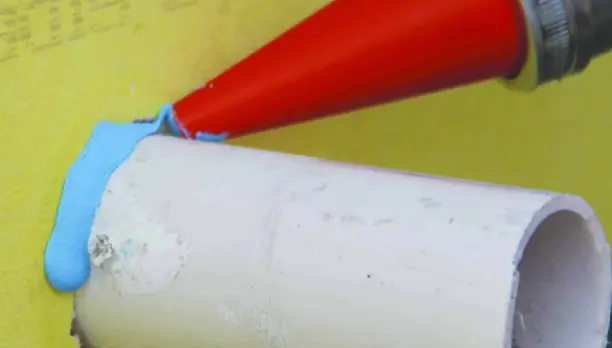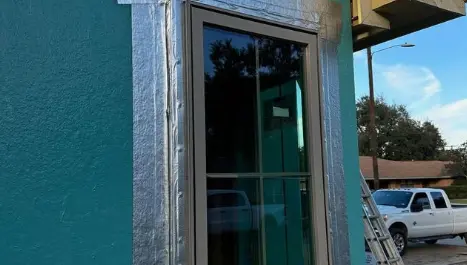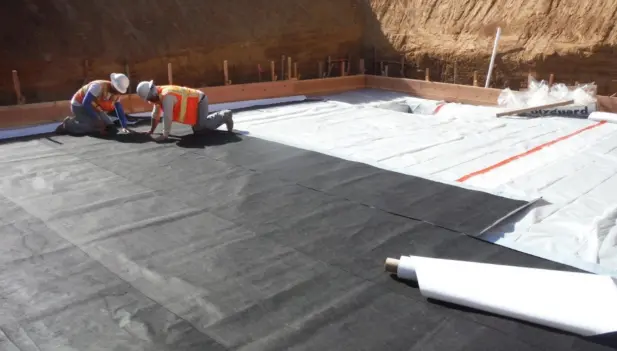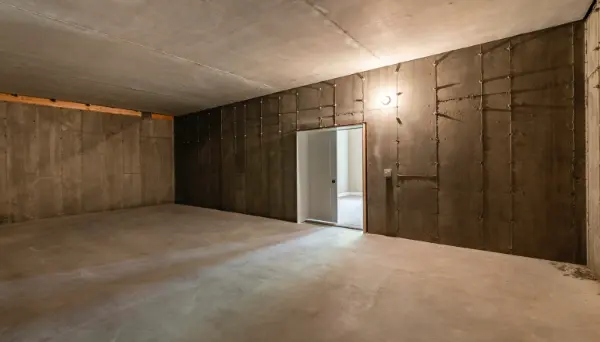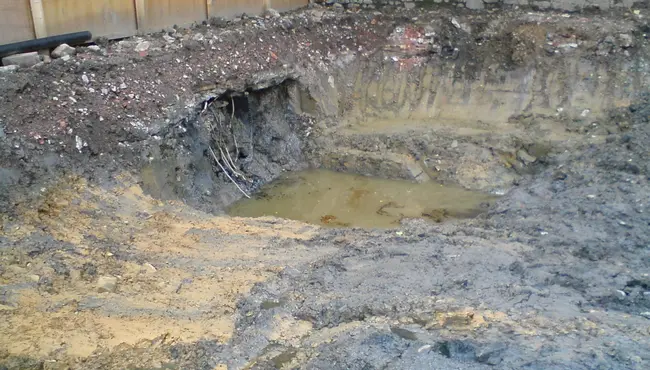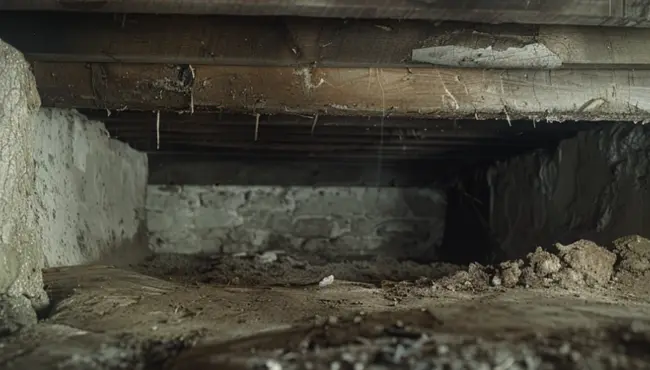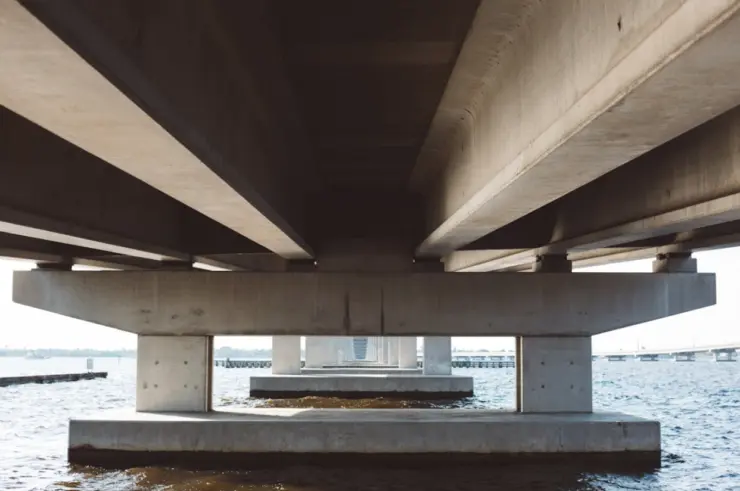
Understanding the intricacies of bridge building codes and standards is essential for construction professionals. The guidelines are pivotal in ensuring that bridges—critical components of our infrastructure—are designed and constructed to withstand various stresses while also ensuring public safety and structural integrity.
Bridge Building Standards
At the core of these guidelines is the ANSI/AISC 303-22, a comprehensive document that reflects years of engineering expertise. This standard provides the foundation for all phases of bridge construction, from initial design to final erection to help ensure that every project adheres to the highest quality and safety standards.
By examining the historical evolution and the main objectives of these standards, we can appreciate their significant role in shaping the construction practices of today’s bridge projects.
Expert Insights on Bridge Building Materials and Construction Standards
Material Selection in Bridge Construction
Material selection is critical in bridge construction, with structural steel being a key component for its strength, durability, and flexibility. The ANSI/AISC 303-22 outlines the standards for selecting these materials to ensure that they meet the specific needs of each bridge project.
Steel Classification and Properties
The standard classifies steel into various grades, such as ASTM A709, which are selected based on their strength, ductility, and weldability to suit different environmental and load conditions. This helps to ensure that the optimal type of steel is used for each component of the bridge.
Fabrication Quality Standards
ANSI/AISC 303-22 mandates strict requirements for the steel fabrication process by focusing on weld quality, bolted connections, and the dimensional accuracy of fabricated members. These guidelines help to ensure that the materials maintain their integrity from the workshop to the construction site.
Corrosion Protection and Durability
To combat environmental stresses like humidity and saltwater spray, the standard specifies protective coatings or treatments, including weathering steel, galvanizing, or painting. These measures are crucial for prolonging the life of the bridge and maintaining its structural health.
Testing and Certification
Stringent testing and certification processes verify that the steel meets essential physical and chemical properties, such as tensile strength, yield point, elongation, and impact resistance. These tests, often confirmed by mill test certificates, are vital for ensuring the material's reliability in supporting the bridge's structural demands.
Erection Guidelines for Structural Integrity
The standard provides detailed guidelines for the erection process by emphasizing systematic assembly and adherence to safety protocols. This ensures that the bridge is constructed correctly, to maintain the structural integrity and longevity of the bridge infrastructure.
By following these specific guidelines, engineers and builders can ensure that the materials and processes used in bridge construction are capable of meeting the structural demands to enhance the safety and durability of the bridge.
Quality Control and Compliance
Quality control is integral, with ANSI/AISC 303-22 providing a comprehensive framework for inspection and testing. This ensures all construction elements meet the stringent criteria set forth in the standards, to promote a culture of excellence and compliance. Regular inspections and adherence to these standards can safeguard against potential construction failures.
Commercial and Residential Bridge Building Codes
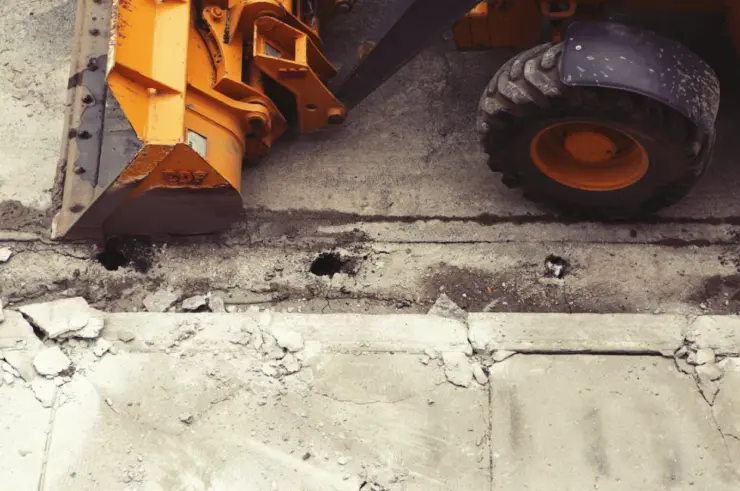
For commercial and residential bridge projects, building codes differ based on factors such as span length, material type, and seismic considerations.
For instance, the ANSI/AISC 303-22 outlines that a conventional multiple-span steel bridge must adhere to specific durability and flexibility criteria to withstand local environmental challenges.
Similarly, in seismic zones, bridges are designed with enhanced specifications, such as in California where the standards necessitate additional reinforcement to accommodate potential earthquake forces.
Real-World Applications of Bridge Standards
When addressing commercial and residential bridge building codes, the ANSI/AISC 303-22 provides clear guidelines for construction safety and efficiency.
For instance, in the design of pedestrian bridges in urban areas, the standards stipulate the use of high-strength steel to accommodate heavy foot traffic and dynamic loads for safety and longevity.
Similarly, for highway bridges, the code mandates the incorporation of seismic design principles in earthquake-prone regions, which demonstrates how standards are adapted to meet specific environmental and usage demands.
Incorporating Polyguard Products
Polyguard products enhance bridge construction by exceeding building codes and standards by providing innovative solutions for durability and protection:
- Architectural Waterproofing Systems: Essential for safeguarding bridges from water ingress in order to maintain structural health
- Blindside Membrane: Used to shield abutments and piers against soil moisture and hydrostatic pressure
- 650 Membrane: A self-adhesive barrier that prevents water penetration in critical bridge areas
- Polyguard's Liquid Adhesive Products: Designed for optimal adhesion, to enhance the bond between waterproof membranes and construction surfaces.
These products offer potential benefits for enhancing protection against environmental factors and ensuring the structural integrity of bridges. For more detailed information and suitability assessments, consulting with Polyguard's technical team would be advisable.
Polyguard: The Foundation for Stronger, Safer Bridges
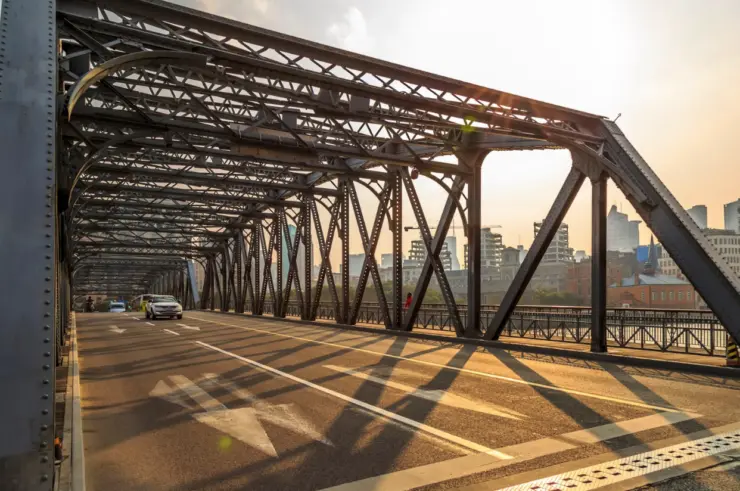
When building bridges, it's crucial to use the right materials and follow strict standards for safety and durability. Polyguard offers a range of construction solutions that are reliable and meet these important requirements. Our products are engineered for superior performance and durability.
Reach out to our experts today to explore how we can assist you!





